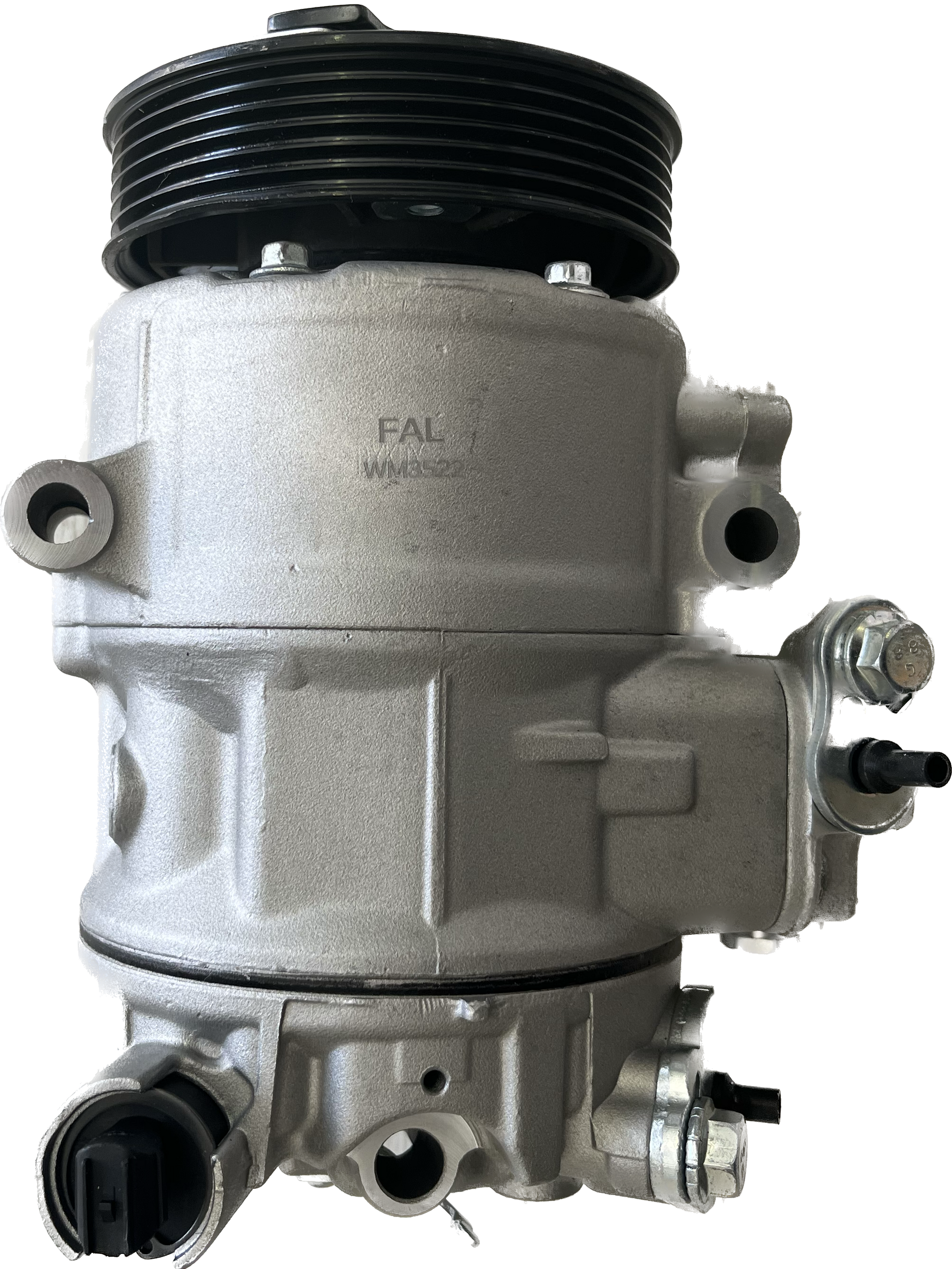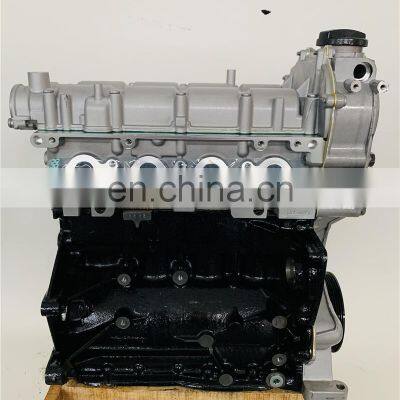Boost fuel efficiency with a top-tier clp engine.
Boost fuel efficiency with a top-tier clp engine.
Blog Article
Just How a Clp Engine Can Enhance Performance in Numerous Industries
The introduction of CLP engines marks a substantial shift in operational effectiveness across various sectors, driven by their ability to enhance gas usage and decrease downtime. Industries such as production and logistics stand to gain considerably from their durable design and consistent power output, which assure to simplify operations and enhance productivity. As companies significantly prioritize sustainability alongside efficiency, the function of CLP engines becomes much more vital. What remains to be seen is just how these developments will certainly form the future landscape of commercial procedures and their effect on wider economic patterns (clp engine).
Summary of CLP Engines
CLP engines, or Continuous Liquid Propellant engines, represent a considerable development in propulsion technology, specifically for area applications. These engines use a continuous feed system that permits the continual expulsion of propellant, bring about improved efficiency and efficiency compared to conventional strong or hybrid propulsion systems. By preserving a consistent flow of fluid propellant, CLP engines can attain a lot more precise thrust control, which is critical for steering spacecraft in different mission circumstances.
The layout of CLP engines integrates innovative materials and innovative fuel administration systems. clp engine. This results in reduced weight and boosted reliability, necessary elements for long-duration area objectives. The constant procedure reduces the risk of combustion instability, a typical difficulty in conventional rocket engines.

Benefits in Manufacturing
The manufacturing of Continuous Liquid Propellant (CLP) engines presents numerous significant advantages that improve both performance and cost-effectiveness. One of the primary advantages is the streamlined manufacturing procedure, which reduces the intricacy related to standard propulsion systems. By making use of fluid propellant, makers can achieve better accuracy in engine performance, bring about optimized energy output and lowered waste.
Additionally, CLP engines help with a higher level of modularity, enabling for simpler integration into numerous production lines. This versatility can considerably decrease lead times and boost total functional versatility. Making use of CLP modern technology likewise has a tendency to minimize the need for substantial upkeep due to fewer moving components, which equates into lowered downtime and operational costs.

Applications in Logistics
Leveraging Constant Fluid Propellant (CLP) engines in logistics provides significant advantages in functional effectiveness and integrity. These engines provide a robust option for different transport requirements, making it possible for the seamless activity of items across vast ranges. The integral design of CLP engines permits regular power output, which translates right into smoother and more predictable transport timetables.
One of the essential applications of CLP engines in logistics is in heavy-duty freight transport, where they can drive both ground and aerial cars. Their capacity to keep high efficiency under differing tons conditions makes certain that distribution timelines are met, consequently boosting client fulfillment. In addition, CLP engines can be incorporated into automated logistics systems, assisting in real-time tracking and optimizing path planning.
Additionally, the sturdiness of CLP engines reduces upkeep downtime, allowing logistics firms to optimize their operational capacities. This is particularly beneficial in warehousing procedures, where efficiency in handling and moving goods is important. As logistics continues to advance, the assimilation of CLP engines stands for a forward-thinking method that not just improves efficiency however additionally supports the sector's growing demands for dependability and speed.
Influence on Energy Efficiency
Exactly How do Constant Liquid Propellant (CLP) engines enhance power performance in transport? CLP engines make use of a regular circulation of liquid fuel, optimizing combustion processes and maintaining a secure thrust outcome. This layout lessens energy losses connected with typical combustion engines, where gas delivery can differ and bring about ineffectiveness.
The continual procedure of CLP engines enables a more reliable thermal cycle, causing greater certain impulse compared to traditional engines. clp engine. This equates to minimized fuel intake for the exact same quantity of work done, dramatically decreasing operational expenses throughout numerous transportation industries, consisting of air travel and maritime industries
Moreover, the capability of CLP engines to maintain optimum efficiency under differing load conditions minimizes the demand for frequent velocity and slowdown, additionally improving fuel efficiency. Boosted power performance not only contributes i thought about this to cost financial savings yet also results in lower greenhouse gas exhausts, aligning with international sustainability objectives.
Future Trends and Innovations
Arising improvements in Continuous Liquid Propellant (CLP) engine technology assurance to revolutionize the landscape of transport effectiveness and sustainability. As sectors pivot toward greener alternatives, CLP engines stand at the center, integrating cutting-edge materials and style methods that boost efficiency while minimizing environmental influence.
One of one of the most encouraging patterns is the fostering of hybrid systems that integrate CLP engines with sustainable energy resources. This synergy can enhance fuel consumption and lower exhausts, aligning with global sustainability objectives. Additionally, innovations in computational liquid characteristics (CFD) are facilitating the layout of even more aerodynamically effective engines, causing click for more info minimized drag and enhanced fuel efficiency.
In addition, the growth of smart tracking systems is readied to enhance operational efficiencies. These systems utilize data analytics and IoT modern technology to enhance engine efficiency in real-time, guaranteeing that the engines run within their most effective specifications.
As research study continues to check out different propellant formulas-- such as biofuels and artificial gas-- the future of CLP engines looks encouraging. By using these developments, sectors can not just improve their efficiency but also contribute substantially to a cleaner, much more sustainable future in transportation.
Conclusion
Finally, CLP engines represent a considerable improvement in effectiveness across numerous industries. Their capability to optimize fuel consumption and minimize operational costs, incorporated with a continual feed system, improves power outcome and my response functional dependability. The integration of sophisticated materials and fewer relocating parts lessens maintenance demands, while placement with sustainability goals placements CLP engines as a pivotal innovation for the future. Continued technology in this field assures further improvements in efficiency and ecological efficiency.
Report this page